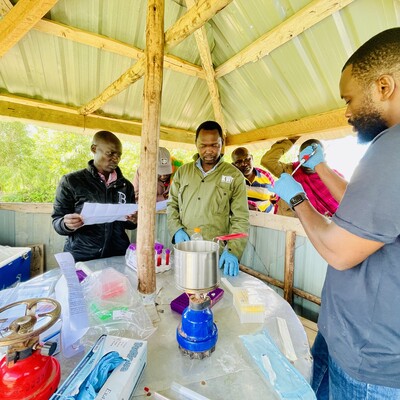
Drivers and risk factors of Rift Valley fever in Uganda: Findings from a preliminary survey
In 2016, for the first time in 48 years, Uganda reported its first localized case of Rift Valley fever in Kabale District, in western Uganda. According to the Centers for Disease Control and Prevention, the outbreak involved 16 human cases and seven deaths. Since then, at least 10 subsequent outbreaks have been reported in the country.
Rift Valley fever is caused by an RNA virus and has a complex transmission cycle that involves mosquito genera such as Aedes, Culex, Mansonia and Anopheles and various mammalian hosts such as cattle, goats, sheep, buffalo and camels. Outbreaks occur following periods of above normal rainfall and flooding, which enable many of these vector species to thrive.
In livestock, Rift Valley fever infections are characterized by sweeping abortion storms and up to 100% mortality in neonatal animals, loss of milk, weight and future stock has been attributed to Rift Valley fever infections. In humans, infections are associated with febrile illness though affected patients may recover without long-term after-effects. Up to 10% of the patients may develop severe illness and sequelae including full or partial blindness, retinitis, encephalitis and haemorrhagic fevers.
Despite its effects in both animals and human populations, various studies conducted on Rift Valley fever epidemiology in the East Africa region reveal major knowledge gaps on the causes of outbreaks, risk factors and practices that predispose livestock and humans to infection, and the effectiveness of the available disease control measures.
The Boosting Uganda’s Investment in Livestock Development (BUILD) project carries out research on Rift Valley fever control in Uganda and is involved in capacity building among researchers, frontline government workers and communities.
In this brief, the project's research fellows share some of their preliminary experiences and observations on knowledge levels of the drivers and risk factors of Rift Valley fever in the study areas.


















